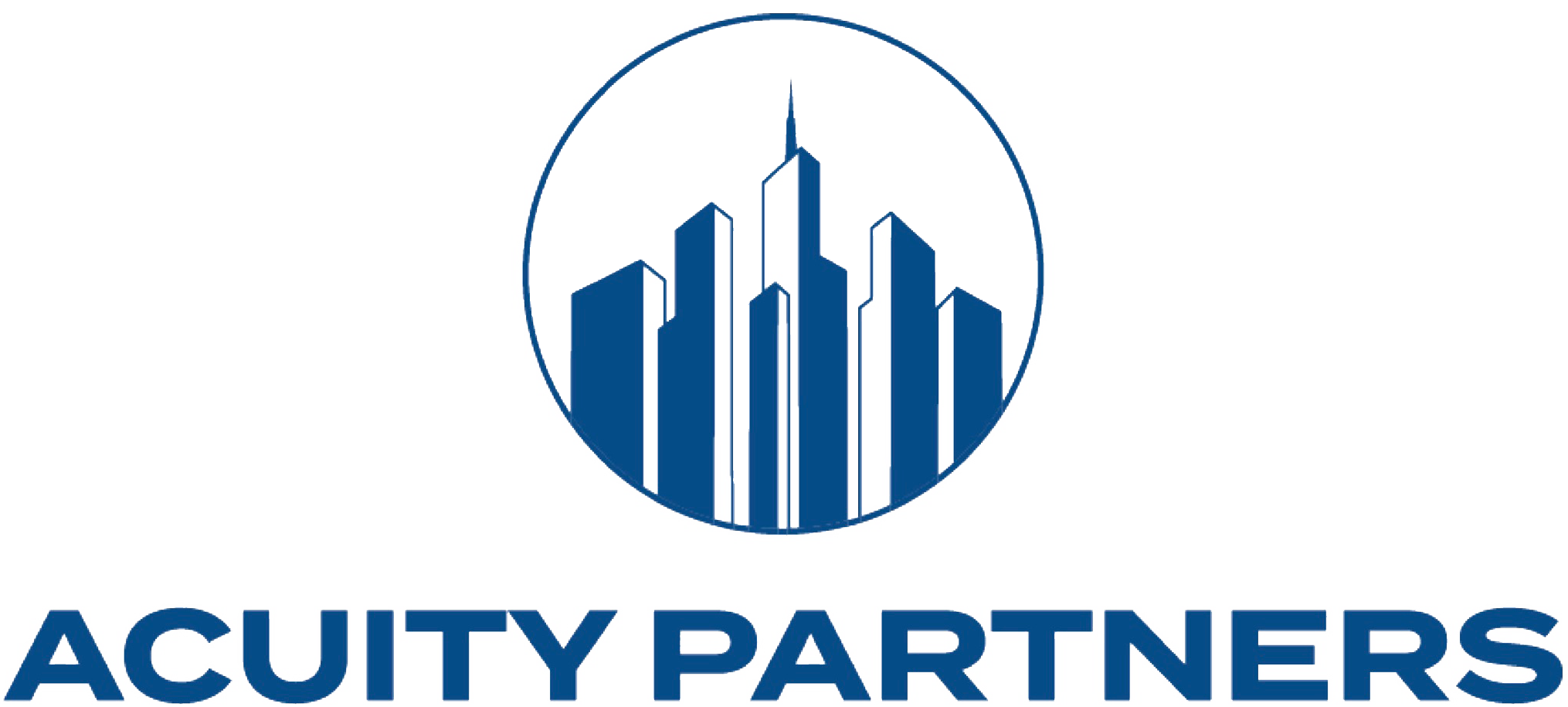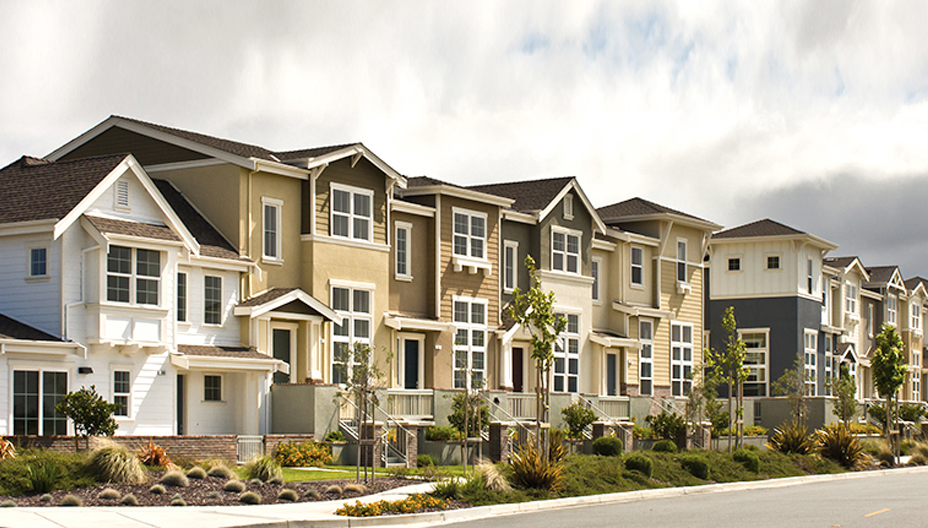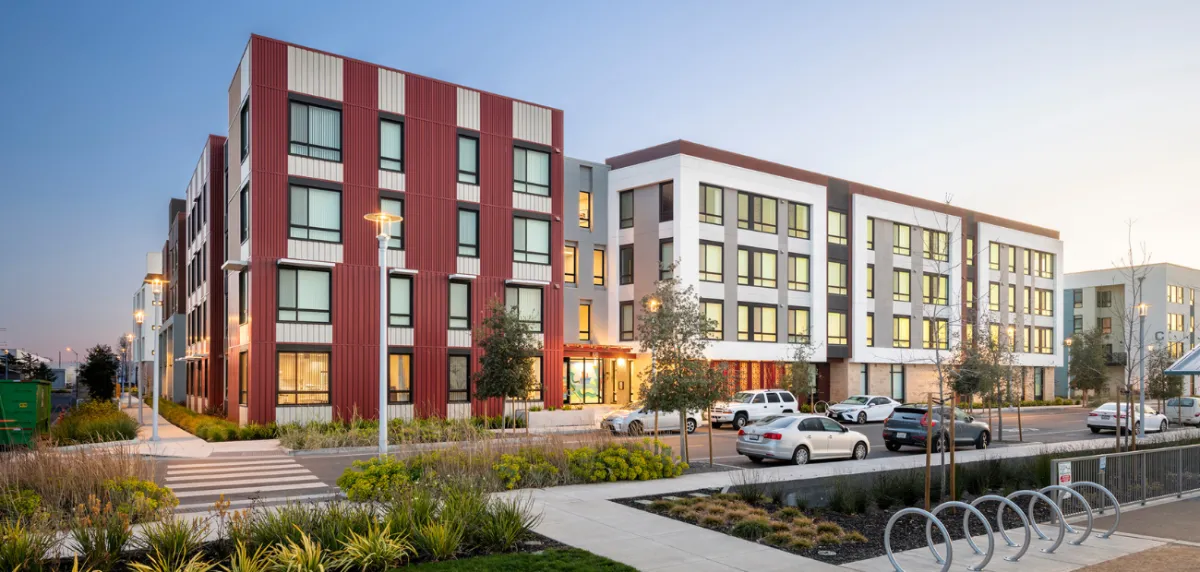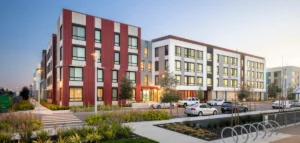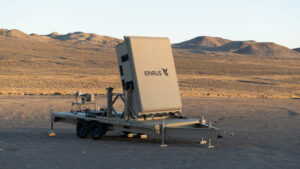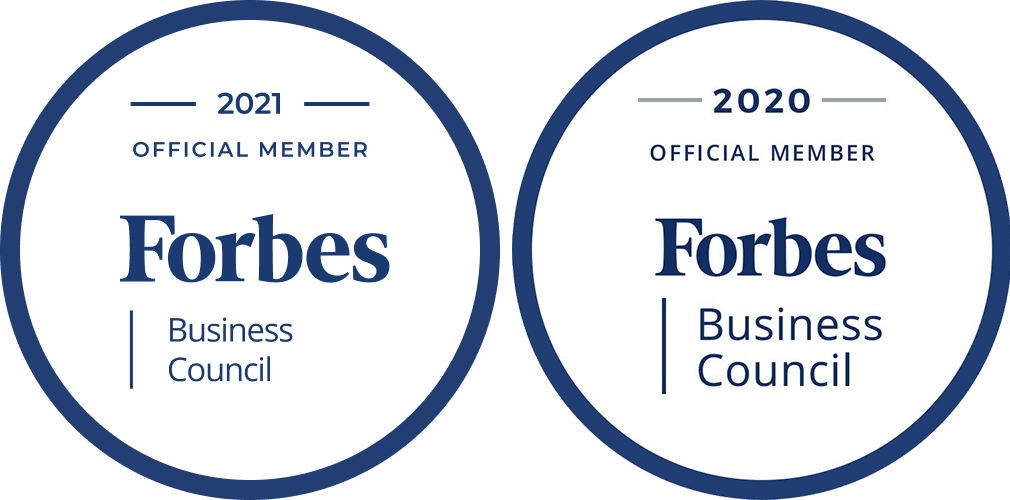The ways that architects, developers, and operators design projects, attract tenants, manage costs, and measure success are each flexing as cities change and generations make big shifts in living habits.
We’ve observed several trends in the commercial real estate industry, including multifamily residential markets. In addition to our on-the-record perspective on the multifamily amenity war and the changes that multifamily developers are seeing in LEED, we surveyed our team of client development managers, architects, engineers, and building scientists.
Here are a few trends that will impact real estate projects and sustainability strategies in 2019 and beyond.
1. Millennials are moving out of their parents’ houses. The trend of living with the parent peaked in 2016, and now Millennials are moving out, often to multifamily developments. This is good news for operators as homeownership increases, creating vacancy. A strong economy will keep the Millennials in amenity-rich apartment communities. Will they move back in with their parents if the market takes a downturn? They might not be able to, and here’s why:
2. Baby Boomers are downsizing. Baby boomers are selling their homes, relocating from suburban family-friendly neighborhoods to urban developments, and embracing density and city life. As renters, this group expects their multifamily communities to address wellness and zen-like opportunities for personal development. NMHC thinks baby boomers will demand 4.6 million new apartments by 2030. They will want enough space to entertain because…
3. Millennials are having Babies. Baby boomers–and yes, even some in Generation X–are becoming grandparents as their Millennial kids are starting families of their own. So while Millennials are moving out of their parents’ houses and into multifamily developments, the developments that they want are in secondary and suburban communities where they can afford larger, more affordable space. This means they’ll be looking for mixed-use suburban locations with a bit of urbanism, as well as transit-oriented developments so they can get to work in urban commercial centers. Speaking of jobs…
4. Affordability challenges persist. Multifamily developments are being pushed to urban centers where larger complexes make more financial sense. Of the 358,000 multifamily units built in 2017, 187,000 have 50 or more units. Only 27,000 new units have 2-9 units, down from 288,000 in 1973.
In an opinion piece for Bloomberg, columnist Justin Fox attributes this shift to a number of factors, first and foremost the rise of NIMBY politics in homeowner-dominated suburban areas.
We are seeing tougher entitlements processes in suburban areas, but cities like Seattle are trying to incentivize more small apartment buildings, so we can densify the suburbs.
Are you developing workforce housing? This is “affordable” housing for working people that targets essential workers like police, firefighters, teachers, nurses, and service workers. Workforce housing developments are in high demand areas and can be located near employment centers, which are often too expensive a market for these essential workers to choose. Speaking of affordability…
5. Secondary markets are hot. Developers are moving out of primary markets and increasing development in secondary markets. There aren’t enough value-add properties left in primary markets, so investors are looking elsewhere, such as Austin, Texas, Phoenix, Kansas City, Mo., and Salt Lake City.
6. Multifamily construction is slowing. You’ll see fewer new multifamily developments under construction thanks to investor caution from 2017 vacancies. But while the vacancies are rising, they are lower than historical averages and the multifamily market is still quite strong.
7. Data centers and the green cloud. Changes to workplace design are well-documented, and workplace technology is changing along with it. Cloud computing has revolutionized data management for the enterprise, and now cloud computing is getting greener as data centers take up the challenge to reduce their carbon footprint.
The rise of cloud computing has culminated in large-scale public cloud data centers, also called “hyperscale data centers,” which have massive energy requirements. By 2021, we are expected to have 628 hyperscale data centers globally, compared to 338 in 2016.
To mitigate the power requirements of these data centers, you can expect an increase in sustainable practices. For example, Paladino’s cloud provider, Wowrack, uses hydro power and pumps in fresh outside air (not A/C treated) to provide free cooling to the servers in the data center, on all but the hottest days.
8. The age of net zero carbon is here. This year marks an important shift in the vocabulary of sustainability in real estate. Net zero previously referenced net zero energy, and now it increasingly references net zero carbon as well.
Net zero carbon is defined as achieving net zero carbon emissions by balancing a measured amount of carbon released with an equivalent amount sequestered or offset, or buying enough carbon credits to make up the difference. This shift will change the way companies and governments measure their environmental impact, and the way that energy and carbon are addressed in the built environment.\
According to Senior Consultant, Nash Emrich, “The conversation is shifting from energy use to carbon footprint of buildings, leading to an increase in embodied carbon calculations of materials and existing buildings, as well as more demand for building lifecycle carbon impact analyses”.
Paladino’s energy modelers and building scientists are already working with clients to address carbon as an expanded part of their net zero goals.
9. Sustainability implications ahead. From a sustainability standpoint, these trends add up to a demand for transit-oriented development and new algorithms for parking; wellness and sustainability features, validated by third-party certifications; amenities that compete with homeownership; and increased pressure to include affordable housing in each development. And as we’ve previously predicted, social connectivity is on the amenity list for Millennials, and wellness needs are on the list for baby boomers.
10. Sustainability leaders are welcoming a new age of humanism. Messaging will transition from a focus on environmental impact, which has not motivated commercial markets to mitigate climate change, to a more human-centered narrative, with stories of impacted people and businesses, along with success stories of healthier, happier people in sustainable communities. This shift should inspire a new generation of sustainability leaders to develop ecologically restorative cities.
SOURCE: BDC Network
